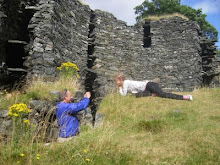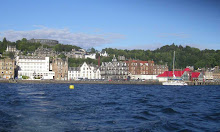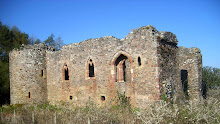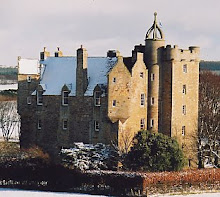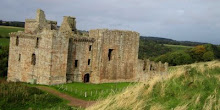
We went straight to Trinity College Dublin and were met by Anne Marie Diffley, curator of the university library which now houses the Book of Kells, which in short contains the four gospels written on calf vellum by monks at the monastery of Iona in the 8th century. So far so remarkable that such a document should have survived, given time and the constant raiding of Iona by Vikings in the 8th and 9th centuries. (The golden case that housed the Book of Kells was actually stolen but the book discarded). What is truly remarkable is that on this tiny remote island, there were artists of such extraordinary genius since the book is illustrated extravagantly and exquisitely with images, symbols and Celtic knotwork created in pigments that had found their way from present day Afghanistan and Egypt to Iona.
 No photograph can do justice to this incredible work of art; you have to see it.
No photograph can do justice to this incredible work of art; you have to see it.When I asked when the book would return home to Scotland I was met with a wry Irish smile.












































